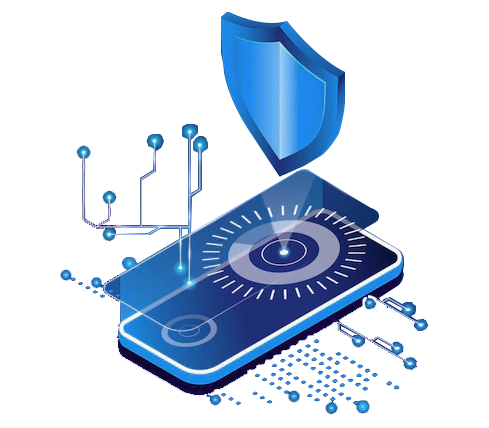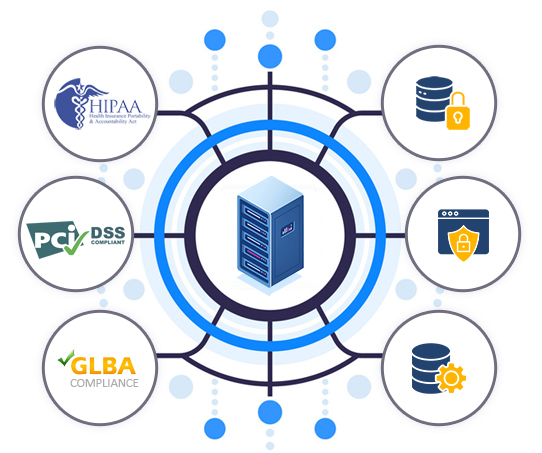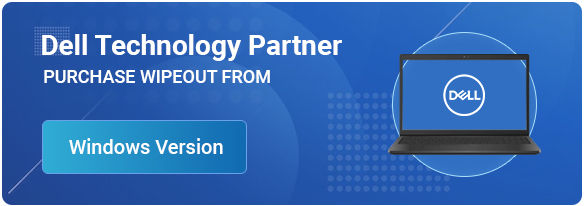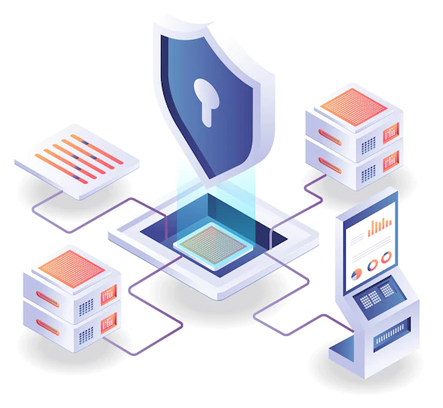WipeOut – A patented, secure data erasure and policy management tool.
WipeOut is a patented technology by CyberFIT Solutions Pvt. Ltd., that focuses on securely erasing/shredding data from Files/Folders/Drives and Databases.
Read More Request For DemoWipeOut – A patented, secure data erasure and policy management tool.
WipeOut is a patented technology by CyberFIT Solutions Pvt. Ltd., that focuses on securely erasing/shredding data from Files/Folders/Drives and Databases.
Read More Request For Demo
WipeOut for Android
WipeOut Android lets you securely wipe data from your Android devices. You can pick specific files or folders to erase. The app uses a strong wiping algorithm, similar to military standards. This ensures that your data is permanently removed.
Read More Request For Demo
WipeOut Database.
WipeOut database is amalgamation of database review and implementation of customized wipeout triggers to ensure wiping of selective or complete database erasure. Reach out to us to know more about this service.
Read More Request For Demo
WipeOut-as-a-Service (WaaS)
IT partners and service centers to offer data erasure as a service to clients. This solution strengthens trust between data center providers and clients by ensuring that data is disposed of on demand & in a secure manner while providing data destruction certificates.
Read More Request For Demo












